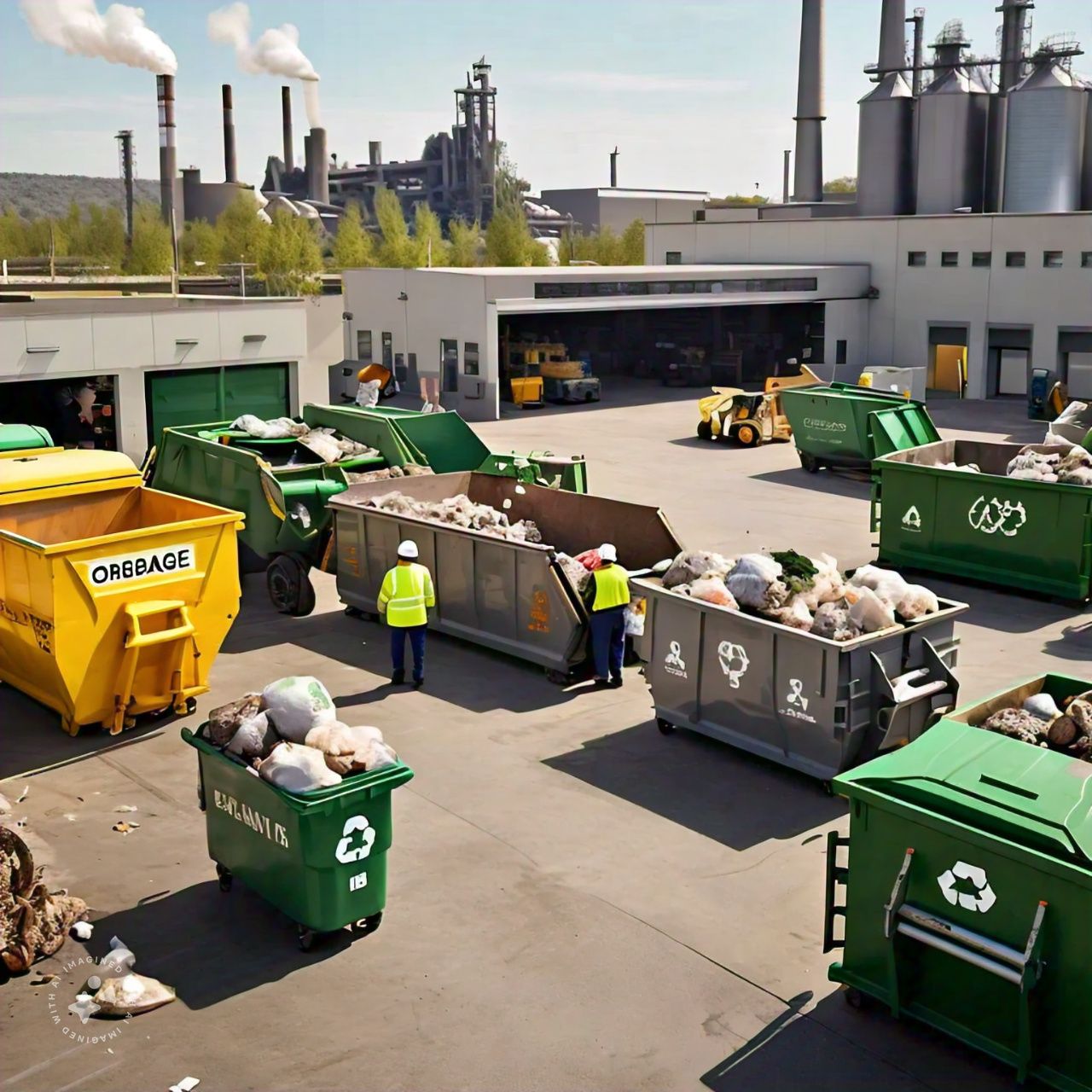.jpeg)
Waste Management
Module 1: Introduction to Waste Management
1. Definition and importance of waste management
2. Types of waste (municipal, industrial, hazardous, electronic)
3. Waste management hierarchy (reduce, reuse, recycle, recover, dispose)
4. Global waste management challenges and trends
Module 2: Waste Generation and Composition
1. Sources of waste generation (household, commercial, industrial)
2. Waste composition (organic, inorganic, recyclable, non-recyclable)
3. Waste characterization and analysis
Module 3: Waste Collection and Transportation
1. Waste collection systems (door-to-door, community bins)
2. Waste transportation methods (trucks, containers)
3. Safety considerations for waste collection and transportation
Module 4: Waste Disposal Methods
1. Landfilling (design, operation, monitoring)
2. Incineration (types, benefits, drawbacks)
3. Recycling and composting (methods, benefits)
4. Energy-from-waste technologies
Module 5: Waste Minimization and Reduction
1. Source reduction strategies (reduce packaging, buy in bulk)
2. Reuse and repurposing (donation, sharing)
3. Recycling programs (curbside, drop-off)
4. Waste reduction in industries (manufacturing, construction)
Module 6: Special Waste Management
1. Hazardous waste management (chemical, biological)
2. Electronic waste (e-waste) management
3. Medical waste management
4. Construction and demolition waste management
Module 7: Waste Management Policy and Regulation
1. International waste management policies (Basel Convention)
2. National and local waste management regulations
3. Enforcement and compliance mechanisms
4. Public-private partnerships in waste management
Module 8: Waste Management Technologies
1. Waste-to-energy technologies (incineration, gasification)
2. Recycling technologies (sorting, processing)
3. Composting technologies (aerobic, anaerobic)
4. Waste management software and data analytics
Module 9: Community Engagement and Education
1. Public awareness campaigns
2. Education and outreach programs
3. Community-based waste management initiatives
4. Collaborative waste management strategies
Module 10: Case Studies and Best Practices
1. Successful waste management projects (local, international)
2. Innovative waste management technologies
3. Waste management in developing countries
4. Future directions in waste management

Benefits
Here are the benefits of waste management, categorized as individual, social, and industrial:
Individual Benefits:
1. Improved Health: Proper waste disposal reduces exposure to diseases and pollutants.
2. Financial Savings: Reducing waste can save money on disposable products and waste removal.
3. Environmental Awareness: Waste management encourages sustainable lifestyle choices.
4. Increased Property Value: Well-maintained waste management systems boost property values.
5. Personal Safety: Reduced risk of accidents and injuries from improper waste disposal.
Social Benefits:
1. Community Cleanliness: Effective waste management maintains public spaces and neighborhoods.
2. Job Creation: Waste management industries provide employment opportunities.
3. Public Health Protection: Reduced risk of waterborne and airborne diseases.
4. Education and Awareness: Waste management promotes environmental education.
5. Social Responsibility: Encourages community involvement and civic pride.
Industrial Benefits:
1. Cost Reduction: Efficient waste management minimizes waste disposal costs.
2. Resource Conservation: Recycling and reusing materials reduces raw material extraction.
3. Compliance with Regulations: Avoid fines and penalties for non-compliance.
4. Brand Reputation: Demonstrates commitment to sustainability and environmental responsibility.
5. Increased Efficiency: Streamlined waste management optimizes production processes.
Additional Benefits:
1. Climate Change Mitigation: Reduces greenhouse gas emissions from waste decomposition.
2. Conservation of Natural Resources: Reduces waste sent to landfills.
3. Energy Generation: Waste-to-energy technologies produce renewable energy.
4. Soil and Water Protection: Prevents pollution and contamination.
5. Supports Sustainable Development: Aligns with global sustainability goals.
.png)



